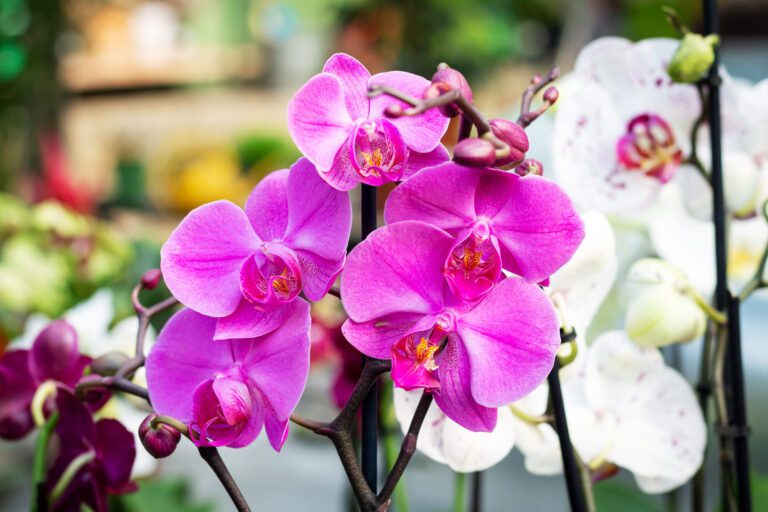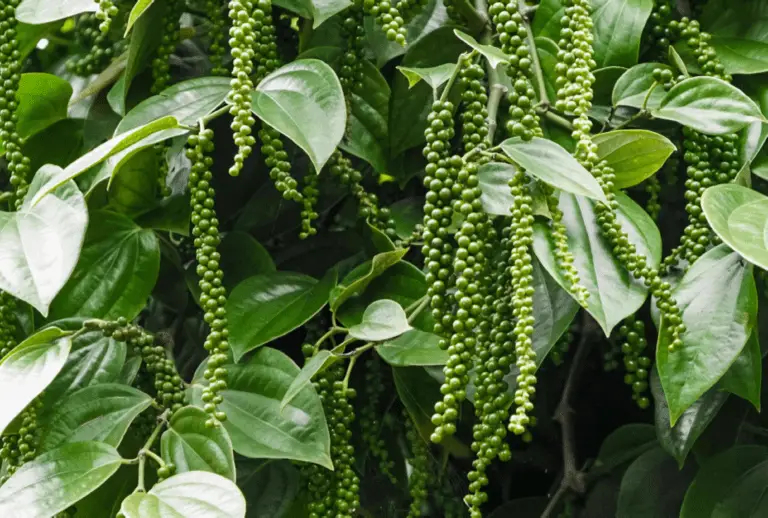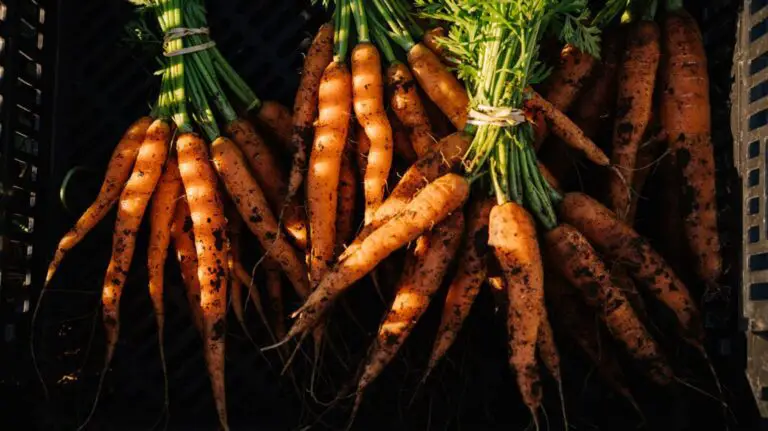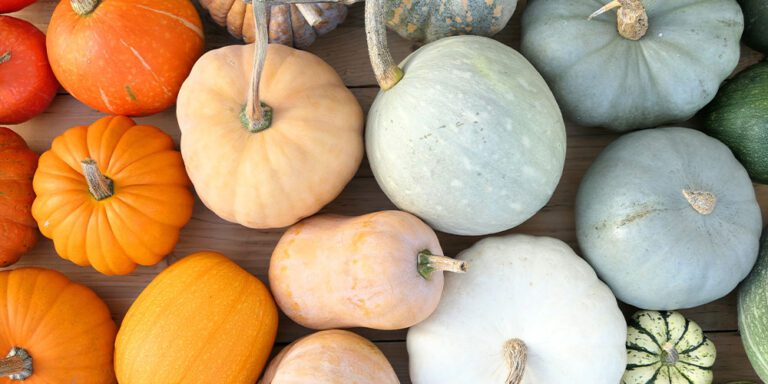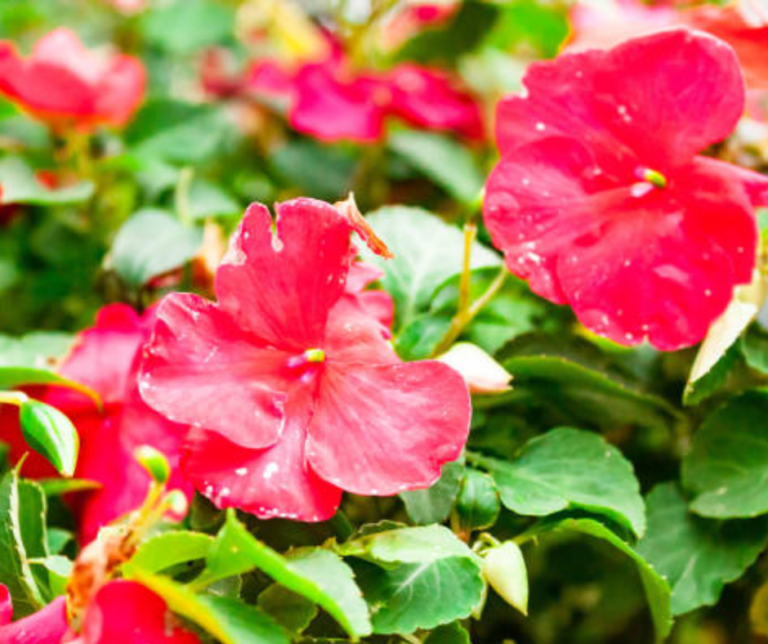Agastache Foeniculum: Growing Anise Hyssop
How to Identify Anise Hyssop Plants
Anise hyssop (Agastache foeniculum) is a delightful herbaceous plant known for its fragrant aroma and attractive appearance. To identify anise hyssop plants, look for square stems with fine, soft hairs and serrated leaves that are lance-shaped and aromatic when crushed. The leaves are typically green, sometimes tinged with purple, and emit a sweet licorice scent, which is where the plant gets its common name.
When in bloom, anise hyssop develops spiky clusters of tubular flowers in shades of purple, pink, or blue, attracting bees, butterflies, and hummingbirds to the garden. The flowers are arranged in tall, upright spikes that can reach up to 4 feet in height, giving the plant a statuesque presence in the landscape. Overall, the combination of square stems, serrated leaves with a sweet scent, and showy flower spikes makes identifying anise hyssop a rewarding experience for any gardener or herb enthusiast.
Ideal Growing Conditions for Anise Hyssop
Anise hyssop, also known as Agastache foeniculum, is a hardy perennial herb that thrives in specific growing conditions. To cultivate vibrant anise hyssop plants, it’s essential to understand the ideal environmental requirements for this herb. Anise hyssop thrives best in USDA hardiness zones 4-9 and prefers full sun exposure for at least six hours per day. The plant can tolerate partial shade but might not flower as prolifically in such conditions.
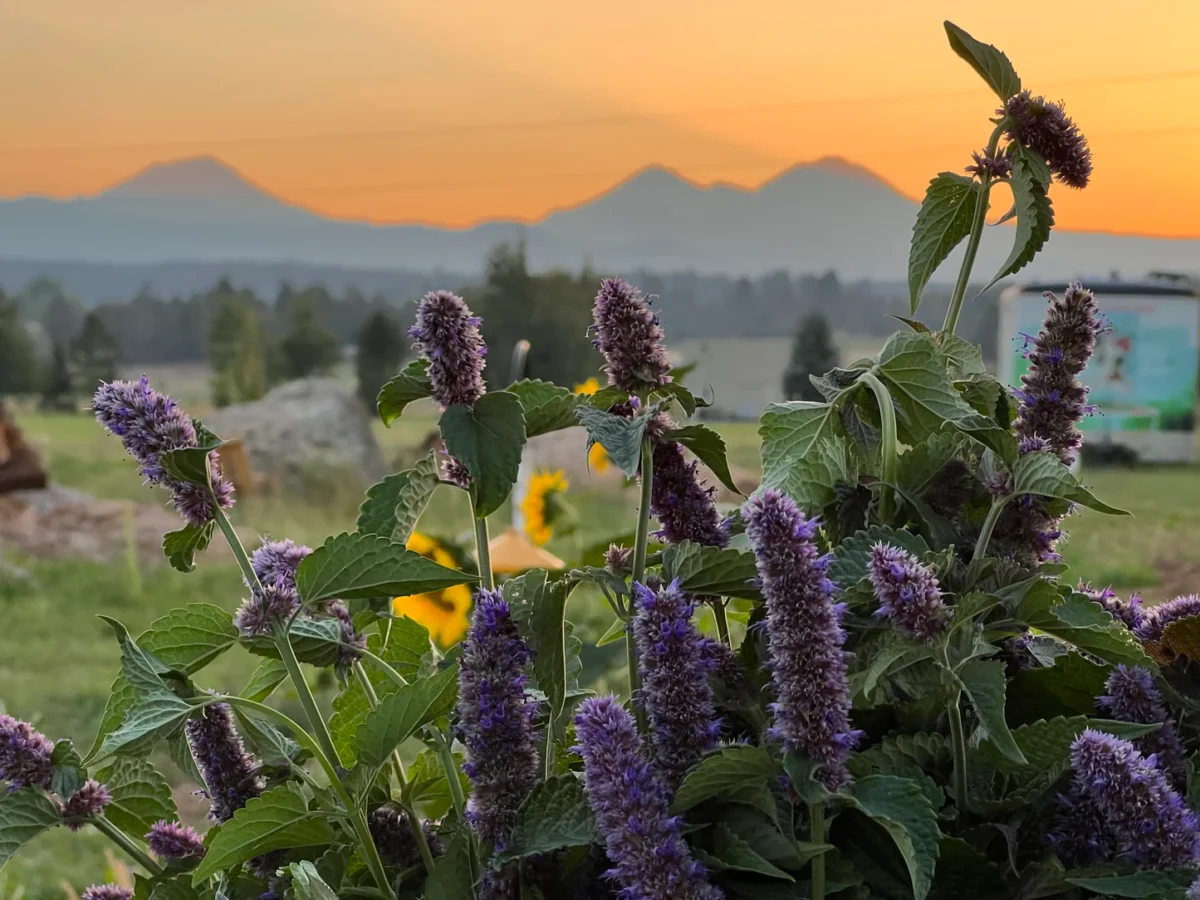
When it comes to soil, anise hyssop flourishes in well-draining, loamy soil with a neutral to slightly alkaline pH level between 6.5 and 7.5. It’s crucial to ensure proper soil drainage to prevent waterlogged conditions, as this herb is susceptible to root rot in overly moist environments. Additionally, anise hyssop is relatively drought-tolerant once established, making it a low-maintenance plant for gardeners seeking an aromatic and visually appealing addition to their herb garden.
Choosing the Right Location for Planting Anise Hyssop
When choosing the right location for planting anise hyssop (Agastache foeniculum), it is crucial to consider its specific requirements for optimal growth. Anise hyssop thrives in full sun to partial shade, making it essential to select a spot in your garden that receives at least 6-8 hours of direct sunlight per day. This herbaceous perennial also prefers well-drained soil with good air circulation around the plant to prevent moisture-related issues such as root rot.
In addition to sunlight and soil drainage, it is important to place anise hyssop in a location with protection from strong winds, as excessive wind can damage the delicate foliage and flowers of the plant. Choose a sheltered spot in your garden or consider using windbreaks such as fences or shrubs to shield the anise hyssop from harsh gusts. By providing the correct environmental conditions, you can ensure that your anise hyssop plants thrive and produce an abundance of aromatic leaves and flowers for your culinary and medicinal needs.
Preparing the Soil for Anise Hyssop
Anise hyssop, also known as Agastache foeniculum, thrives in well-draining soil with a slightly alkaline pH level ranging from 6.6 to 7.5. Prepare the soil for planting by ensuring it is rich in organic matter, such as compost or well-rotted manure, to provide the necessary nutrients for healthy growth. The addition of organic material helps improve soil structure, aids in moisture retention, and promotes beneficial microbial activity crucial for nutrient uptake by the anise hyssop plant.
Furthermore, loosen the soil to a depth of around 8 to 10 inches using a garden fork or tiller to create a loose, aerated environment for the plant’s roots to spread easily. This practice prevents compaction, enhances water infiltration, and facilitates root development. Before planting anise hyssop, it is advisable to perform a soil test to determine its nutrient content and pH levels accurately. Adjust the soil fertility and pH as needed based on the test results to provide an optimal growing environment for robust anise hyssop plants.
Propagating Anise Hyssop from Seeds
When propagating Anise Hyssop from seeds, it’s important to start with high-quality seeds to ensure successful germination. Anise Hyssop seeds are relatively easy to collect from mature plants, typically found in the autumn after the flowers have faded and the seed pods have developed. To collect the seeds, gently crush the dried seed heads over a tray or container to release the tiny, black seeds. Ensure that the seeds are properly dried before storing them in a cool, dry place for future sowing.
Once you have collected and dried the Anise Hyssop seeds, you can sow them directly into the prepared soil in late winter or early spring. Before sowing, loosen the soil and remove any debris to create a smooth surface for planting. Sprinkle the seeds evenly over the soil and lightly press them into the surface, ensuring they are covered with a thin layer of soil. Water the area gently to avoid displacing the seeds, and keep the soil consistently moist until germination occurs, which typically takes around 7-14 days.
Transplanting Anise Hyssop Seedlings
When transplanting anise hyssop seedlings, it is important to choose a location that receives ample sunlight and has well-draining soil. Anise hyssop plants thrive in full sun conditions but can tolerate some shade. Ensure that the soil is rich in organic matter and has a pH level between 6.0 and 7.5 for optimal growth. Before transplanting, water the seedlings thoroughly to reduce transplant shock.
Carefully remove the seedlings from their containers, making sure to disturb the roots as little as possible. Dig a hole in the prepared soil that is slightly larger than the root ball of the seedling. Place the seedling in the hole and gently pat the soil around it to secure it in place. Water the transplanted seedlings immediately to help them establish in their new environment.
Caring for Anise Hyssop Plants
Anise hyssop plants require regular care to thrive and provide abundant foliage and flowers. These plants prefer well-draining soil and full sun to partial shade for optimal growth. When caring for anise hyssop, it is essential to water the plants deeply but infrequently, allowing the soil to dry out slightly between waterings to prevent root rot.
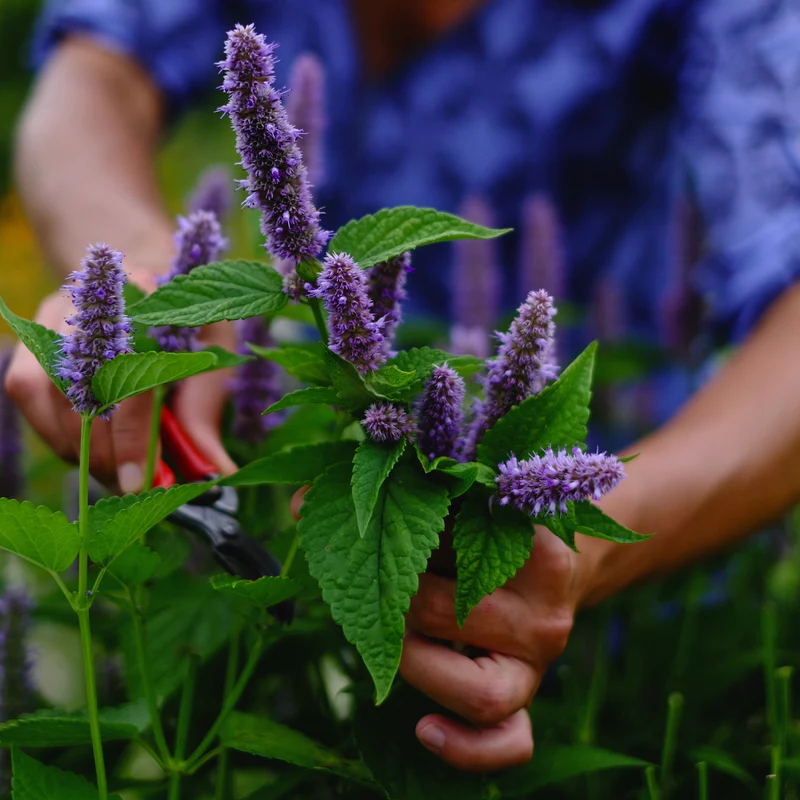
Additionally, pruning anise hyssop plants is essential to promote bushier growth and encourage the development of more flowers. Deadheading spent blooms can prolong the flowering season and prevent self-seeding, maintaining the plant’s energy for growth and reproduction. By following these care tips, you can enjoy vibrant anise hyssop plants in your garden throughout the growing season.
Watering Anise Hyssop Properly
When it comes to watering anise hyssop, it’s essential to strike a balance to ensure the plant thrives without being overwatered. Anise hyssop plants prefer well-draining soil to prevent water stagnation, which can lead to root rot. The frequency of watering will depend on various factors such as the climate, soil type, and plant size. Typically, it’s recommended to water anise hyssop when the top inch of soil feels dry to the touch. Deep watering less frequently is preferable over shallow, frequent watering to encourage the plant’s roots to grow deeper into the soil for better resilience.
During hot and dry periods, it’s crucial to monitor the moisture levels closely and adjust the watering schedule accordingly to prevent the plant from drying out. Mulching around the base of the anise hyssop plant can help retain soil moisture and regulate its temperature, reducing water evaporation. Remember to water the plant at the base to avoid wetting the foliage, as damp leaves can make the plant susceptible to diseases. By providing consistent and adequate moisture levels, you can support the healthy growth and development of your anise hyssop plants.
Fertilizing Anise Hyssop for Optimal Growth
To ensure optimal growth and health of your anise hyssop plants, it’s crucial to provide them with the right nutrients through proper fertilization. Anise hyssop is a relatively low-maintenance plant, but it still benefits from a balanced feeding regimen to thrive. When choosing a fertilizer for your anise hyssop, opt for a well-balanced, slow-release fertilizer with equal parts nitrogen, phosphorus, and potassium (N-P-K ratio of 10-10-10 or similar). This will help promote overall plant growth, strong root development, and abundant flowering.
Fertilize your anise hyssop plants in early spring, just as new growth begins to emerge. Apply the fertilizer according to the manufacturer’s instructions, being cautious not to over-fertilize, as this can lead to excessive foliage growth at the expense of flowers. A light application of fertilizer every four to six weeks during the growing season can help sustain the plant’s growth and vigor. Remember to water the plants well after fertilizing to help the nutrients penetrate the soil and reach the roots effectively. With the right fertilization schedule, your anise hyssop plants will reward you with lush foliage and plentiful blooms throughout the growing season.
Pruning Anise Hyssop to Promote Bushier Growth
When it comes to promoting bushier growth in your anise hyssop plants, pruning plays a crucial role. Regular pruning not only helps maintain the shape and appearance of the plant but also encourages the growth of new shoots and leaves, resulting in a denser and bushier overall appearance. To prune anise hyssop for bushier growth, it is advised to do so in the early spring before new growth begins. Use clean and sharp pruning shears to make clean cuts just above a set of leaves or nodes to encourage new growth in the desired direction.
By pruning your anise hyssop plants strategically, you can also help improve air circulation and sunlight penetration, which are essential for the overall health of the plant. Removing dead or damaged parts of the plant can prevent the spread of diseases and pests, contributing to the longevity and vitality of your anise hyssop. Additionally, regular pruning can stimulate the plant to produce more flowers, enhancing its ornamental value and attracting beneficial pollinators to your garden.
Dealing with Common Pests and Diseases of Anise Hyssop
Anise hyssop plants are relatively resistant to pests and diseases, making them a low-maintenance addition to any garden. However, they can still fall victim to a few common issues that gardeners should be aware of. One potential pest to watch out for is the whiteflies, small insects that feed on plant juices and can cause yellowing and wilting of anise hyssop leaves. To combat whiteflies, you can introduce natural predators like ladybugs or use organic insecticidal soap to keep their populations in check.
Another common problem that anise hyssop plants may face is powdery mildew, a fungal disease that manifests as a white, powdery substance on the leaves. Powdery mildew thrives in humid conditions and can weaken the plant if left untreated. To prevent powdery mildew, ensure good air circulation around the plant by spacing them appropriately and avoiding overhead watering. If powdery mildew does appear, you can treat it with neem oil or a mixture of baking soda and water to help control its spread. Regularly inspecting your anise hyssop plants for signs of pests and diseases will help you catch any issues early and take the necessary steps to protect your plants.
The table below shows the solution for the pests and diseases of anise hyssop:
| Pests and Diseases | Solution |
|---|---|
| Deer Resistance | Anise hyssop is generally deer-resistant. |
| Root Rot | Avoid overly wet soil to prevent root rot. |
| Leaf Spots | Maintain good air circulation to minimize leaf spot issues. |
| Powdery Mildew | – Avoid planting in damp or shady areas. – Ensure adequate air circulation. – Avoid overcrowding. |
Harvesting Anise Hyssop Leaves and Flowers
Harvesting Anise Hyssop leaves and flowers should be done when the plant is in its prime, typically during the blooming season. The best time to harvest is in the morning after the dew has dried but before the sun is too strong, as this is when the essential oils are at their peak concentration. Gently pluck the leaves and flowers from the stems, being mindful not to damage the plant. It’s recommended to use sharp scissors or pruning shears to ensure clean cuts and promote plant health.
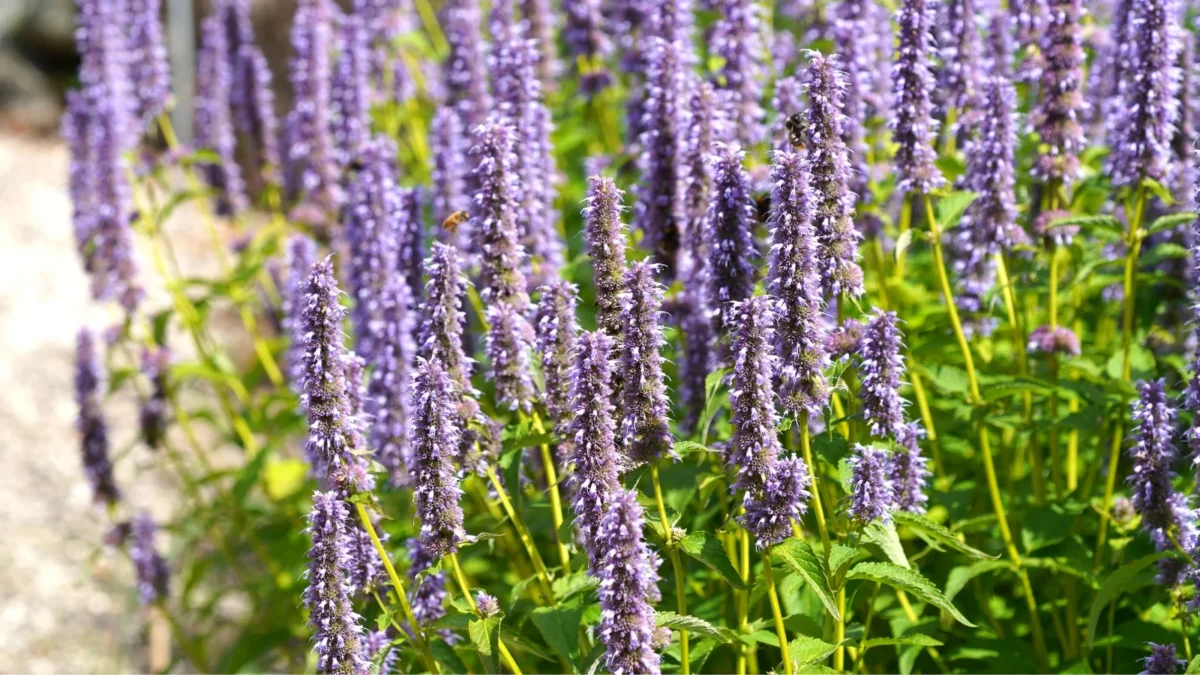
Once harvested, Anise Hyssop leaves and flowers can be used fresh or dried for future use. To dry them, tie small bundles together and hang them upside down in a cool, dark, well-ventilated area. Make sure to protect them from direct sunlight to preserve their color and aroma. Once fully dried, store the leaves and flowers in airtight containers away from light and moisture to maintain their flavor and potency. Harvesting Anise Hyssop at the right time and following proper drying and storing techniques will ensure you have a fresh supply of this aromatic herb for various culinary and medicinal purposes.
Using Anise Hyssop in Culinary Applications
For those interested in adding a unique flavor to their culinary creations, anise hyssop is a versatile herb that can be a delightful addition to a variety of dishes. The leaves of the anise hyssop plant possess a subtle licorice flavor with hints of mint and citrus, making them a popular choice for both sweet and savory dishes. Whether used fresh or dried, these aromatic leaves can enhance the taste of teas, salads, soups, desserts, and even cocktails. Additionally, the vibrant purple flowers of the anise hyssop plant are not only visually appealing but also edible, adding a touch of color and flavor to salads or garnishes.
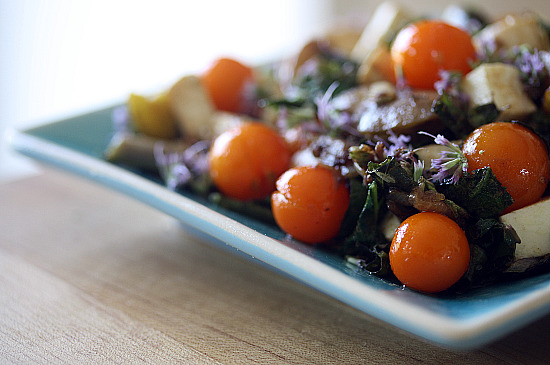
Beyond its culinary uses, anise hyssop can also be infused into syrups, vinegars, oils, and even ice creams to create unique and flavorful treats. The herb’s complex taste profile makes it a versatile ingredient that can complement a wide range of flavors, from fruits and nuts to meats and cheeses. Experimenting with anise hyssop in the kitchen can lead to discovering new and exciting flavor combinations that elevate dishes to a new level of gastronomic delight.
Drying and Storing Anise Hyssop for Future Use
After harvesting your anise hyssop leaves and flowers, it’s essential to properly dry and store them for future use to maintain their flavor and potency. To dry anise hyssop, tie small bunches of the herb together and hang them upside down in a warm, dry location with good air circulation. Avoid direct sunlight as it can cause the herbs to lose their color and flavor. Once the leaves are crispy to the touch, gently remove them from the stems and store them in an airtight container away from light and heat to preserve their aromatic oils.
Storing anise hyssop correctly is crucial to ensure it retains its flavor for an extended period. Airtight containers like glass jars or metal tins are excellent choices for storing dried anise hyssop leaves and flowers. Keep the containers in a cool, dark place such as a pantry or kitchen cabinet to maintain the herbs’ freshness. Remember to label the containers with the date of storage to monitor their shelf life and potency. Properly stored anise hyssop can last up to a year, providing you with a flavorful herb to enhance your culinary creations.
Watch the full video to know more about the cultivation of anise hyssop.
Benefits of Growing Anise Hyssop in Your Garden
Anise hyssop, also known as Agastache foeniculum, is a delightful addition to any garden with its aromatic leaves and stunning purple flowers. Beyond its beauty, this herbaceous perennial offers a multitude of benefits for both the gardener and the environment. Anise hyssop is a magnet for pollinators, attracting bees, butterflies, and hummingbirds to your garden, promoting biodiversity and aiding in the pollination of other plants. By cultivating anise hyssop, you are not only enhancing the aesthetic appeal of your outdoor space but also supporting the overall health of your garden ecosystem.
In addition to its ecological advantages, anise hyssop boasts a range of culinary and medicinal uses, making it a practical and versatile herb to have on hand. The leaves and flowers of anise hyssop can be used to infuse teas, flavor desserts, and garnish dishes, adding a unique and refreshing taste profile to your culinary creations. Furthermore, anise hyssop is renowned for its therapeutic properties, with traditional uses including soothing digestive complaints, reducing inflammation, and relieving stress. By growing anise hyssop in your garden, you not only elevate your culinary repertoire but also have access to a natural remedy that has been treasured for its healing properties for centuries.
The table shows the benfits of growing anise hyssop in the garden:
| Benefits of Growing Anise Hyssop | Description |
|---|---|
| Medicinal Uses | Anise hyssop has medicinal properties and is used in herbal remedies for various ailments. |
| Pollinator Attraction | Its fragrant flowers attract pollinators such as bees, butterflies, and hummingbirds to the garden. |
| Culinary Ingredient | Anise hyssop leaves can be used as a culinary herb, adding a sweet, licorice-like flavor to dishes and teas. |
| Ornamental Value | Anise hyssop adds beauty to gardens with its attractive foliage and colorful flowers. |
| Drought Tolerance | It is relatively drought-tolerant once established, making it suitable for xeriscaping and low-water gardens. |
| Deer and Rabbit Resistance | Anise hyssop is resistant to browsing by deer and rabbits, making it a low-maintenance plant for gardens. |
| Soil Improvement | Its deep root system helps improve soil structure and fertility over time. |
| Aromatic Benefits | Crushed leaves release a pleasant aroma, making it a fragrant addition to gardens and bouquets. |
| Long Blooming Period | Anise hyssop blooms for an extended period, providing color and interest throughout the growing season. |
| Wildlife Habitat | Provides habitat and food sources for beneficial insects and wildlife in the garden ecosystem. |
Can I grow anise hyssop indoors?
Anise hyssop can be grown indoors in pots as long as it receives plenty of sunlight and is watered regularly.
How tall can anise hyssop plants grow?
Anise hyssop plants can grow up to 3 feet tall, depending on growing conditions and care.
Is anise hyssop easy to maintain?
Anise hyssop is relatively low maintenance, requiring regular watering and occasional pruning for optimal growth.
Can anise hyssop attract pollinators to my garden?
Yes, anise hyssop is known to attract bees, butterflies, and other pollinators with its fragrant flowers.
Is anise hyssop deer resistant?
Anise hyssop is considered deer resistant, making it a great choice for gardens in areas with deer populations.
Can I use anise hyssop in herbal remedies?
Yes, anise hyssop has been used in traditional herbal medicine for its medicinal properties, including its calming and digestive benefits.
How long does it take for anise hyssop to bloom?
Anise hyssop typically blooms in mid to late summer, depending on the growing conditions and variety.
Are there different varieties of anise hyssop?
Yes, there are several varieties of anise hyssop available, including ‘Blue Fortune’ and ‘Golden Jubilee’, each with its unique characteristics.


